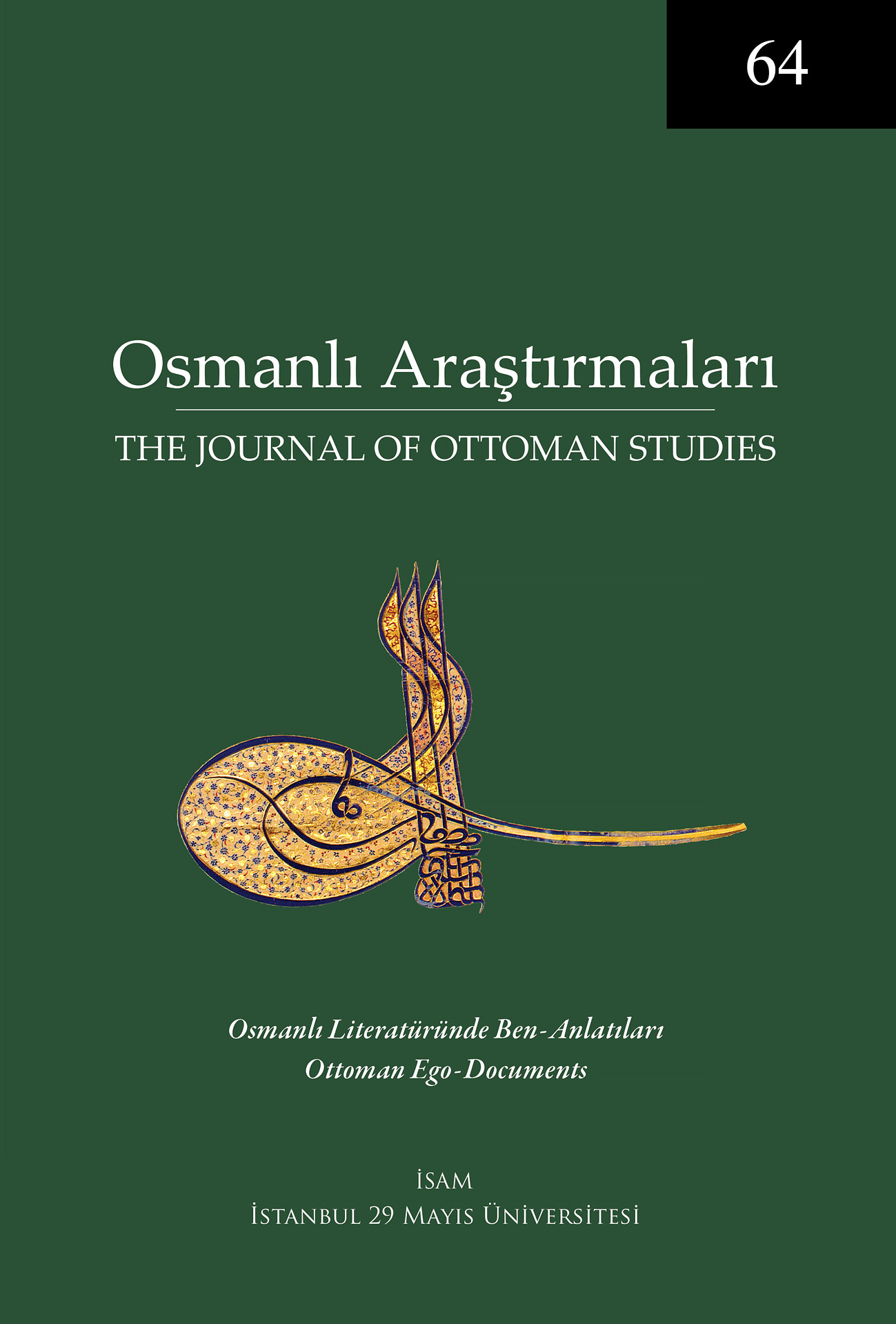The Autobiographical Value of Teracim-i Ahval Literature
Keywords:
Autobiography, Biographer, Biography, Terâcim-i Ahvâl, Tabakat, Tezkire, Curricula Vitae, İbnülemin Mahmud Kemal İnal, Hüseyin VassafAbstract
It was a generally accepted and, until recently, very dominant view in the literature that there was no tradition of autobiography in Ottoman society or that it was a feeble field. Lately, this issue has been returned to the research agenda, and Ottoman historians have begun to discuss it. Thus, new texts and data have begun to emerge in this field that will rescue the autobiographical work of Osman Aga of Tımışvar, which for a long time was known as almost the sole text in this field. This article, which aims to contribute to the autobiographical literature, will focus on a topic seldom emphasized previously, even though it had a strong tradition in Ottoman society; that is the autobiographical value of the information provided by the prosopographic literature, usually referred to as tabakat or teracim-i ahval. For centuries, this genre continued without interruption under general titles such as hadika, tezkire, and devha, which will be discussed in the article. This article puts forward and demonstrates with evidence the following thesis: From the first half of the 16th century until the end of the empire, the authors of this genre- almost all of the primary texts of which have been published in Latinized form- which provide short biographies of artists, historians, poets, scholars, etc., acquired the information they needed and referred to when writing biographies of significant people of their time from the people whose lives they were writing, either personally or through an intermediary, and thus these texts were based mainly on autobiographical material.




